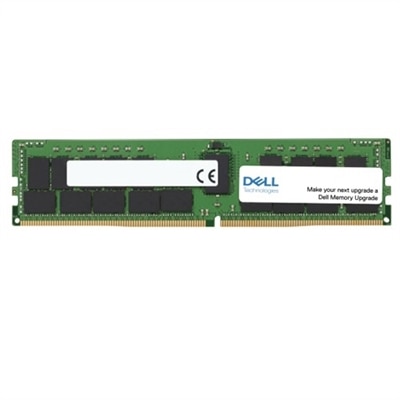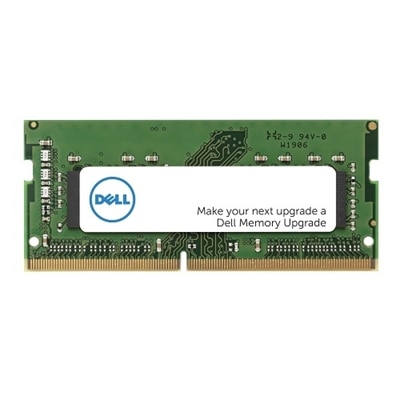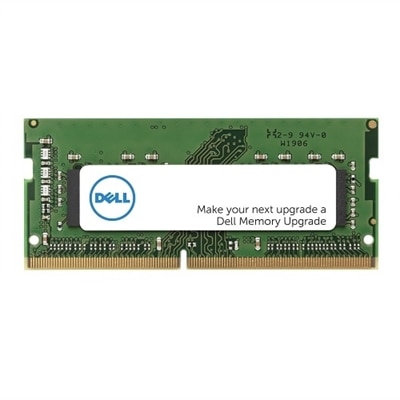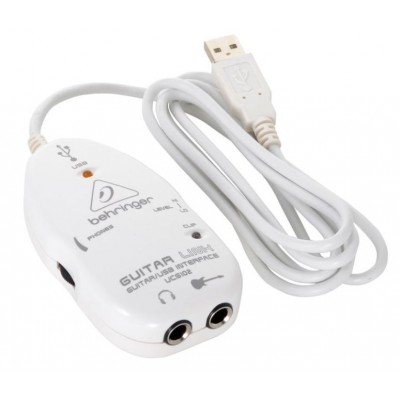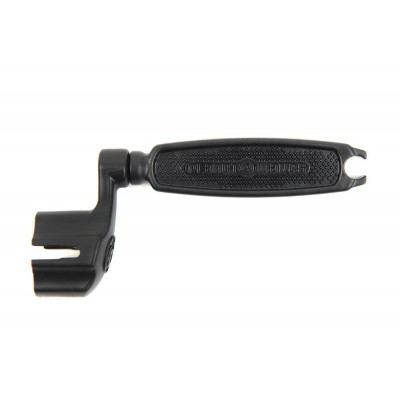
AffiMarket - La destination en ligne pour des produits de qualité supérieure à portée de clic. faite vous plaisir sur Affimarket.
Ajouter aux favorisProduit retiré de la liste des souhaits 0
Ajouter aux favorisProduit retiré de la liste des souhaits 0
17%
Ajouter aux favorisProduit retiré de la liste des souhaits 0
Ajouter aux favorisProduit retiré de la liste des souhaits 0
Ajouter aux favorisProduit retiré de la liste des souhaits 0
Ajouter aux favorisProduit retiré de la liste des souhaits 0
8%
Ajouter aux favorisProduit retiré de la liste des souhaits 0
Ajouter aux favorisProduit retiré de la liste des souhaits 0
Ajouter aux favorisProduit retiré de la liste des souhaits 0
Ajouter aux favorisProduit retiré de la liste des souhaits 0
14%
Ajouter aux favorisProduit retiré de la liste des souhaits 0
15%
Ajouter aux favorisProduit retiré de la liste des souhaits 0
15%
Ajouter aux favorisProduit retiré de la liste des souhaits 0
33%
Ajouter aux favorisProduit retiré de la liste des souhaits 0
33%
Ajouter aux favorisProduit retiré de la liste des souhaits 0
45%
Ajouter aux favorisProduit retiré de la liste des souhaits 0
Ajouter aux favorisProduit retiré de la liste des souhaits 0
Ajouter aux favorisProduit retiré de la liste des souhaits 0
5%
Ajouter aux favorisProduit retiré de la liste des souhaits 0
Liens utiles
Sélection
-
 Eastpak Springer Mixte, Waist_Pack
Eastpak Springer Mixte, Waist_Pack
28,00 €Le prix initial était : 28,00 €.26,54 €Le prix actuel est : 26,54 €. -
 MILAIUN Lot de 2 genouillères de sport pour hommes et femmes, antidérapantes, respirantes, unisexes, pour sports de plein air ou exercices de force (S)
16,99 €
MILAIUN Lot de 2 genouillères de sport pour hommes et femmes, antidérapantes, respirantes, unisexes, pour sports de plein air ou exercices de force (S)
16,99 €
-
 Scooby-Doo et Krypto, Aussi
9,99 €
Scooby-Doo et Krypto, Aussi
9,99 €
-
![Slumber Party Massacre (Fête sanglante) [Édition Collector Blu-Ray + DVD + Livret] Slumber Party Massacre (Fête sanglante) [Édition Collector Blu-Ray + DVD + Livret]](https://m.media-amazon.com/images/I/71nVBTH5IUL._AC_SL1500_.jpg) Slumber Party Massacre (Fête sanglante) [Édition Collector Blu-Ray + DVD + Livret]
Slumber Party Massacre (Fête sanglante) [Édition Collector Blu-Ray + DVD + Livret]
24,97 €Le prix initial était : 24,97 €.19,89 €Le prix actuel est : 19,89 €.
Termes et conditions générales de vente


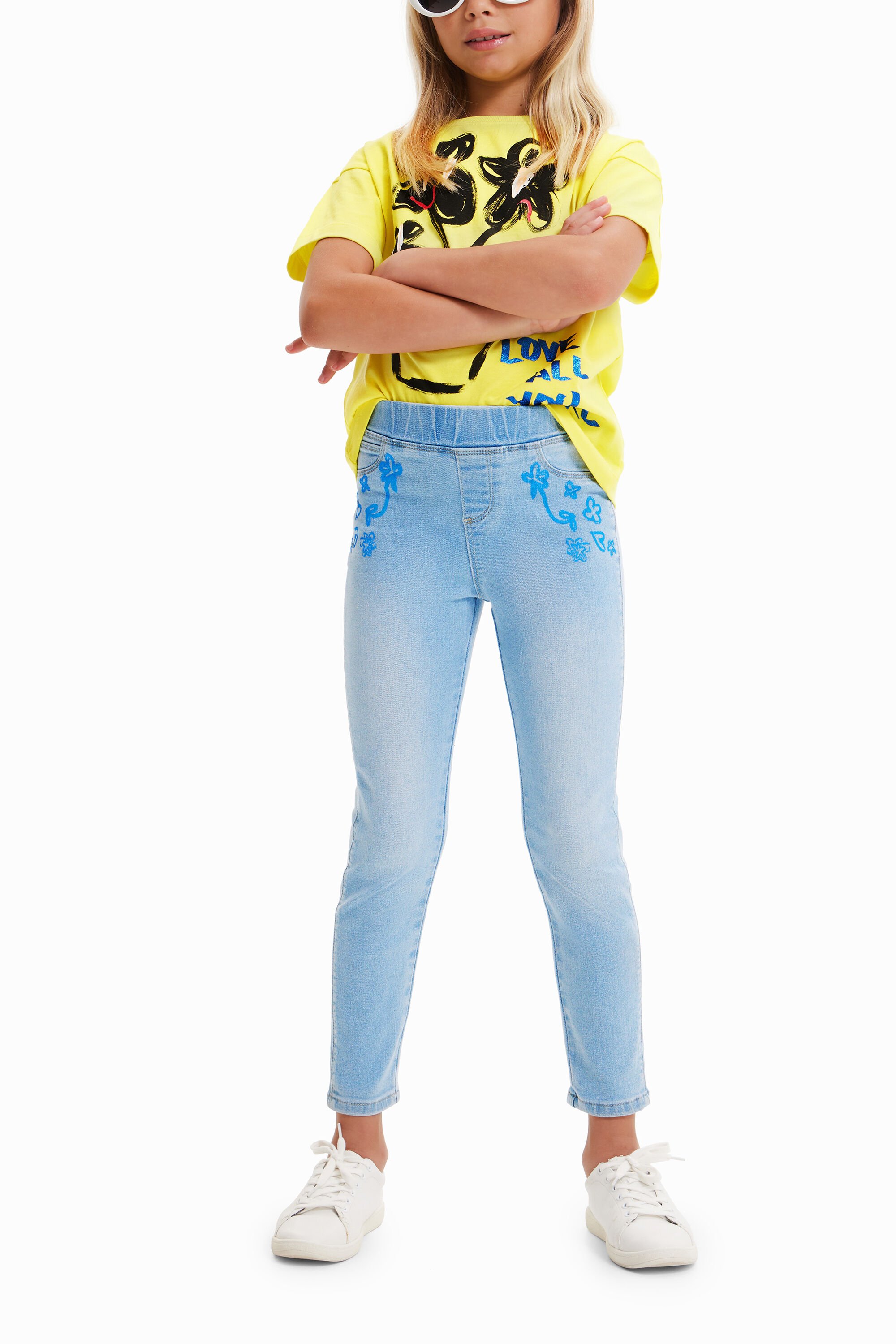
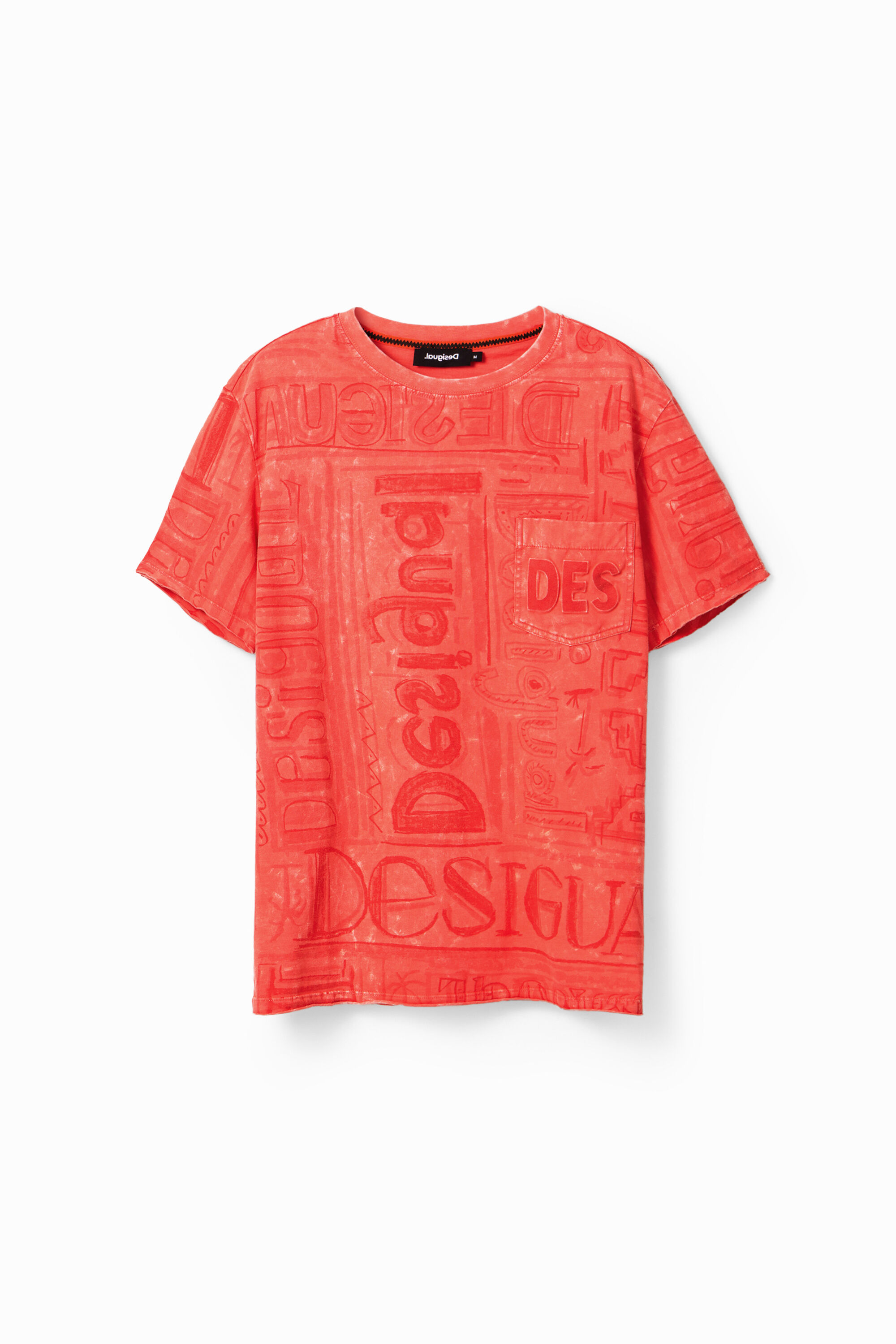
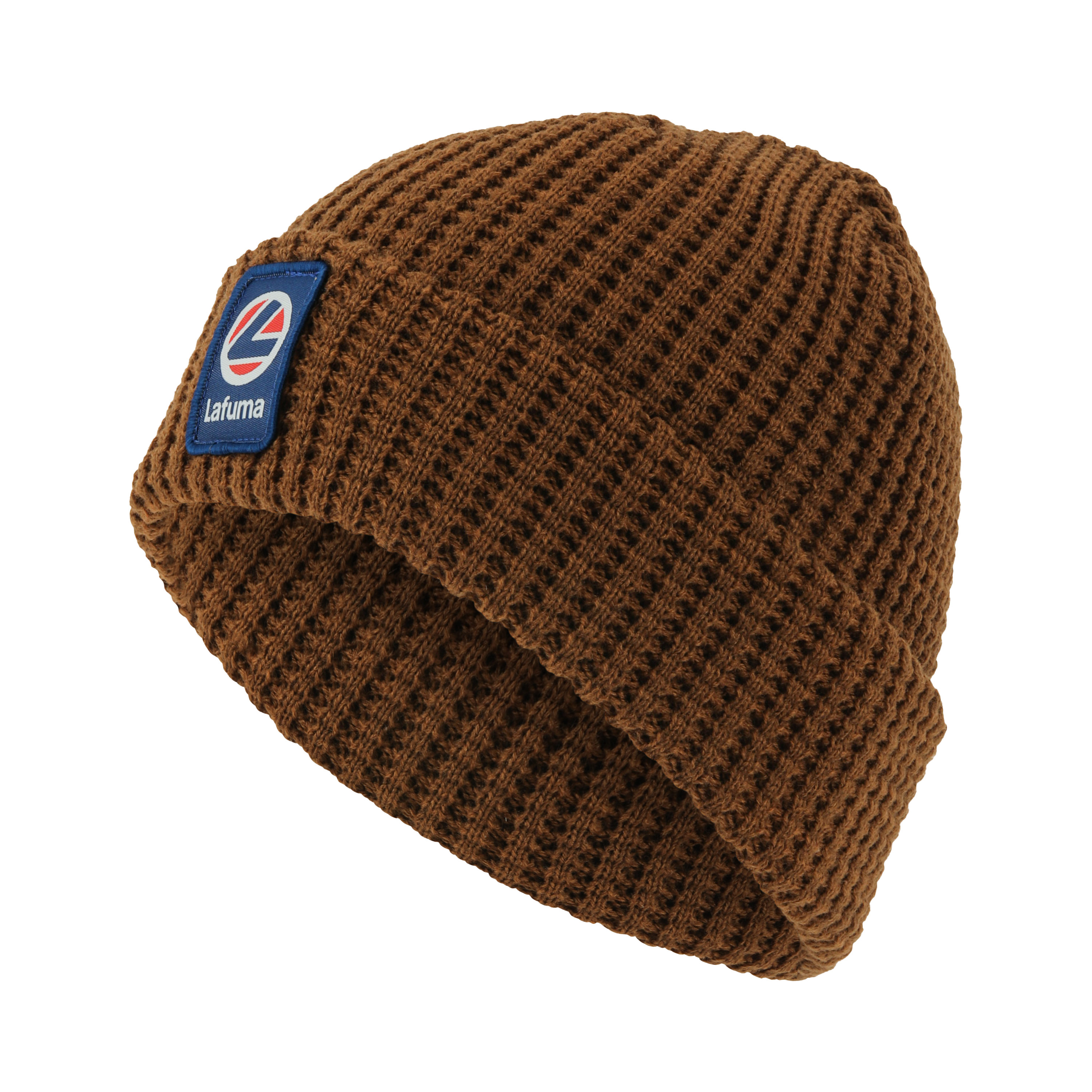











![Bienvenue sur AffiMarket.fr ! Vivre [Blu-Ray]](https://affimarket.fr/wp-content/uploads/2023/09/41NFy2uPmLL._AC_.jpg)

